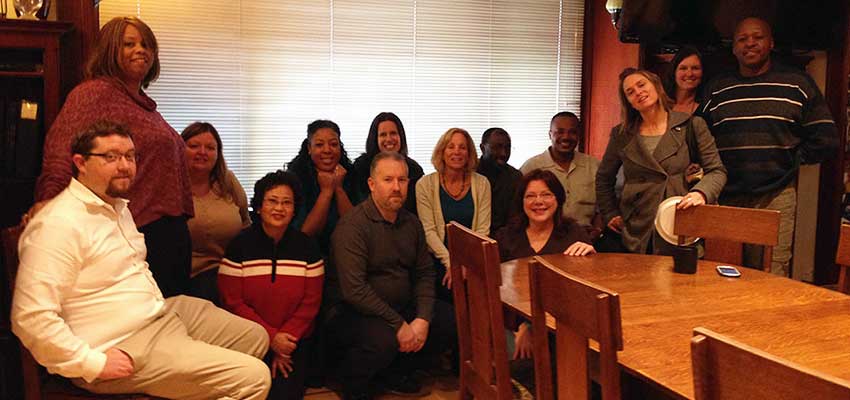Much of 2013 was dedicated to serving as Interim Executive Director of a specialty children’s services organization in Alameda County, East Bay Agency for Children (EBAC). With its large budget ($10 million) and numerous programs (school based mental health, family resource centers, after school programs, and community based treatment centers), EBAC is a busy place. Hallmarks of this important leadership transition included:
- Managing for growth due to new funding from the county health services (EPSDT) for added school-based mental health services; from the city of Oakland for a new family resource center at a downtown school, and from the state of California for a Covered CA (Affordable Care Act) outreach and education grant.
- Gearing up for accreditation by a national body (CARF) which involved numerous policy decisions and actions impacting many clinical and safety systems.
- Clarifying standards of care and implementing trauma informed treatment for children in a therapeutic nursery and in day treatment programs.
- Creating the first-ever fundraising plan and clarified donor expectations
- Codifying board governance policies and procedures
- Increased scrutiny of internal operations and infrastructure.
All of these activities were happening while the board and senior staff worked tirelessly with the executive search firm to hire the new Executive Director.
Transitions in executive leadership are both unique and taxing times in organizational life, opening many doors for improvement while closing doors on the past. From my perspective as the Interim Executive Director, these challenges can be viewed as welcome opportunities for improvement and it is my job to help the board and senior management become willing partners in this process. With EBAC, once we all settled in, we worked together to explore new directions for the agency. My ultimate goal during a leadership transition is to provide clear and consistent continuity of leadership so the new Executive can begin from the current point and not from some obscure point in the past.
The senior management worked diligently to insure things stayed on track with the programs while all of this was going on. Upon my departure, the board felt better positioned to be strategic leaders. Staff felt clearer about their priorities as well as the immediate challenges needing to be addressed.
I hope to keep in touch with EBAC to see how the new Executive Director is doing. I am confident we took many important transition steps throughout the year to insure the organization thrives under new leadership.
Utilizing an Interim Executive Director can provide a “pot of gold” for the organization, everyone feels wealthier with the advantage of a fresh, objective perspective and a new set of actions. Whether a long-term Executive Director is retiring, or there has been a termination, the Interim ED model, gives the board and staff a chance to collectively catch their breath and look around, sometimes for the first time in years, do some re-tooling, and then with renewed vigor, move forward.
In addition to my Interim Executive Director work, I was able to provide some important consulting time with other organizations. I would with an early childhood program at UCSF to review its progress and determine some possible new directions. I worked with a chemical dependency treatment provider in Santa Cruz to gain managed care/ health insurance contracts and renewals and add new programs to what insurance will cover. This can provide a consistent revenue source for many providers with behavioral health treatment programs. I also worked with a well-known Latino service provider in San Francisco to assess its board functioning and recommend improvements.
I continue to be passionate about the health and vigor of nonprofits and feel that after 25 years of serving this sector I have much insight to offer. I hope you agree.
Best wishes for a successful 2014.


